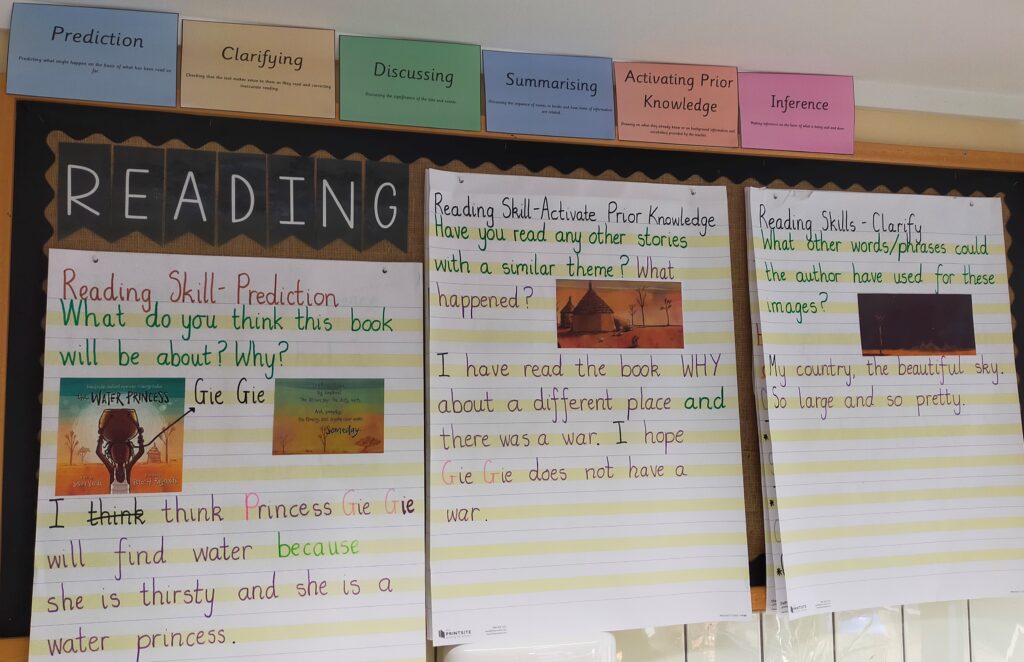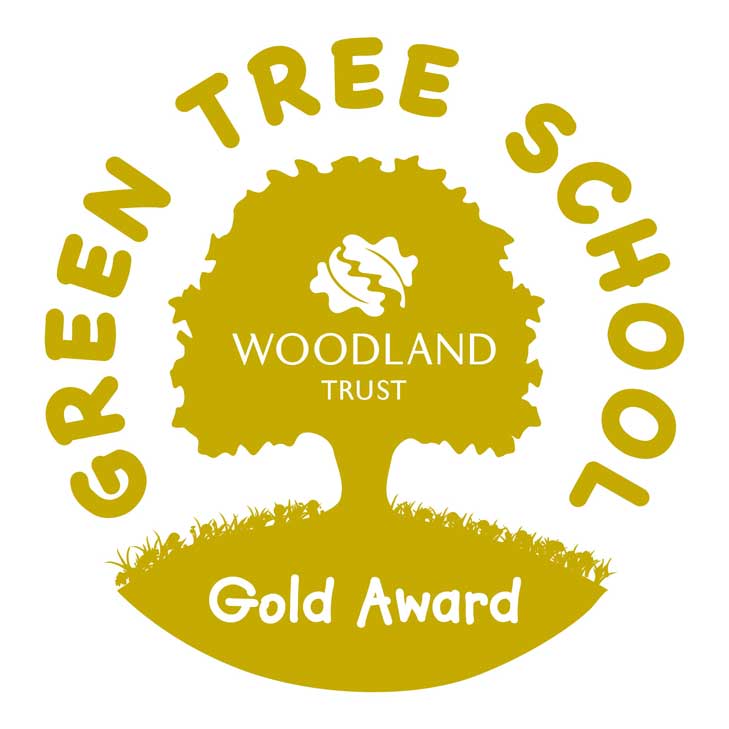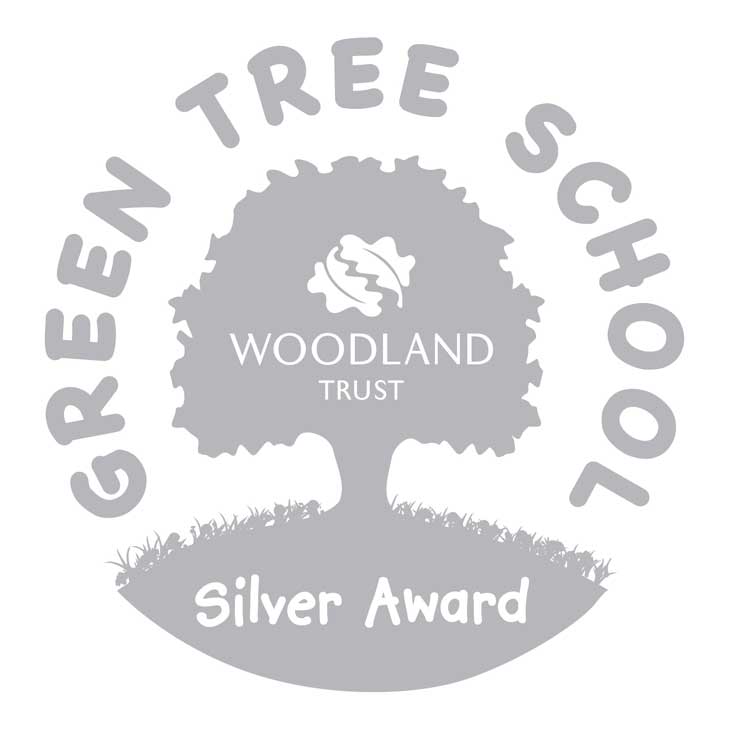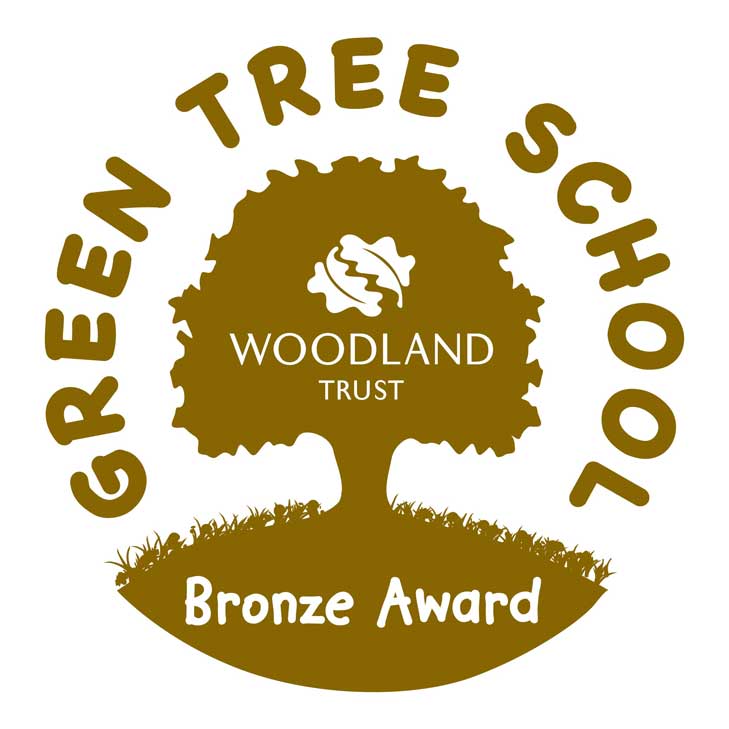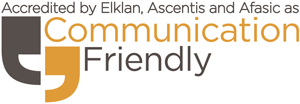Our Vision…
We promote enjoyment of reading through effective instruction of fluency and comprehension skills, so that Attenborough readers can access a range of texts with confidence now and in the future. Attenborough readers are equipped with the transferable skills that acknowledge reading as the friend to all other subjects and the master skill in learning.
At Attenborough School, we acknowledge reading and writing as the key to learning. We strive for our learners to be fluent readers who can make meaning of a range of texts, as well as confident and capable writers and articulate speakers. Reading is at the heart of everything we do, and we aspire for our pupils to develop a love of reading.
How do we teach reading at Attenborough School?
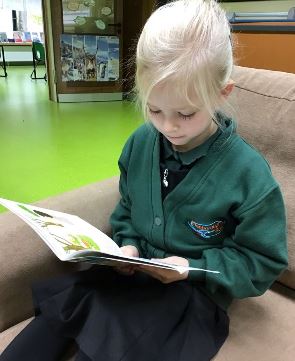
Together, our team has worked to create an effective instruction for reading which is based on substantive research developed from the Education Endowment Foundation (EEF). Our reading instruction is based on six fundamental reading skills, which have been empirically proven to gain results in both fluency and comprehension. These reading skills are summarising, predicting, clarifying, activating prior knowledge, inferring and questioning and with Key Stage 2, focusing additionally on retrieval and authorial skills. Reading is taught explicitly through whole class, independent and small group learning, which allows pupils to become more confident in understanding the meaning behind a range of texts.
We value modelling at the foundation of delivery and so teachers model comprehension strategies, across a range of fiction and non-fiction texts, through whole class reading sessions or during English lessons, as well as when sharing a class text at the end of the day. Pupils are encouraged to be ‘strategic readers’, using the ‘Reading Skills’ to support their understanding of what they have read.
Our learners are taught to:
- Summarise what they have read.
- Predict what they think might happen next and use evidence to support their thinking.
- Use their prior knowledge and experiences to make meaning of a text.
- Clarify key words, phrases or sentences.
- Ask questions about the authors intent, purpose and meaning, as well as question the character, setting and plot.
- Make inferences from the text to make meaning of what is written.
- Discuss the author’s intent including the use of language.
- Retrieve, record and present information.
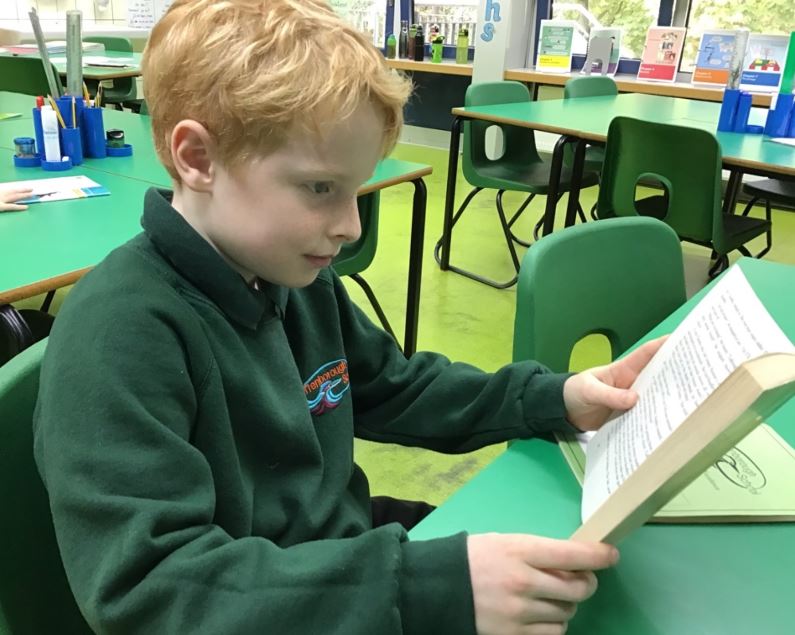
We use progressive question prompts for each reading skill. These are used collaboratively when teaching the skill explicitly and during 1:1 reading with an adult. Parents are also encouraged to use these skills with their children when reading at home. (Please click on the links below to download a copy).
Our EYFS reading skills:
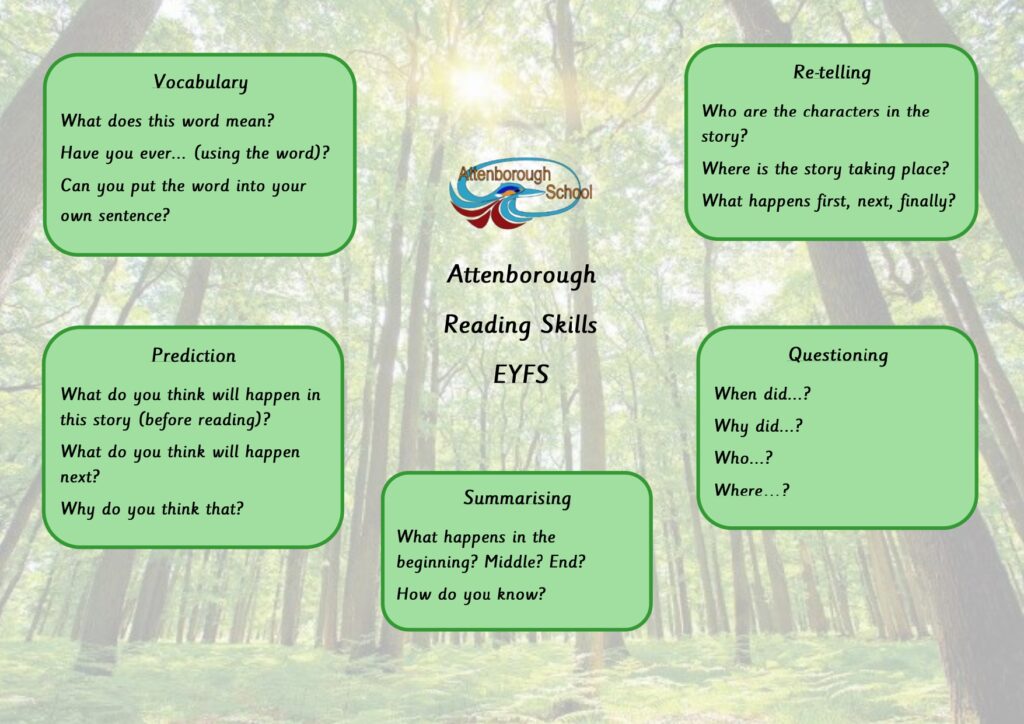
Year 1 & 2 Reading Skills and Questions
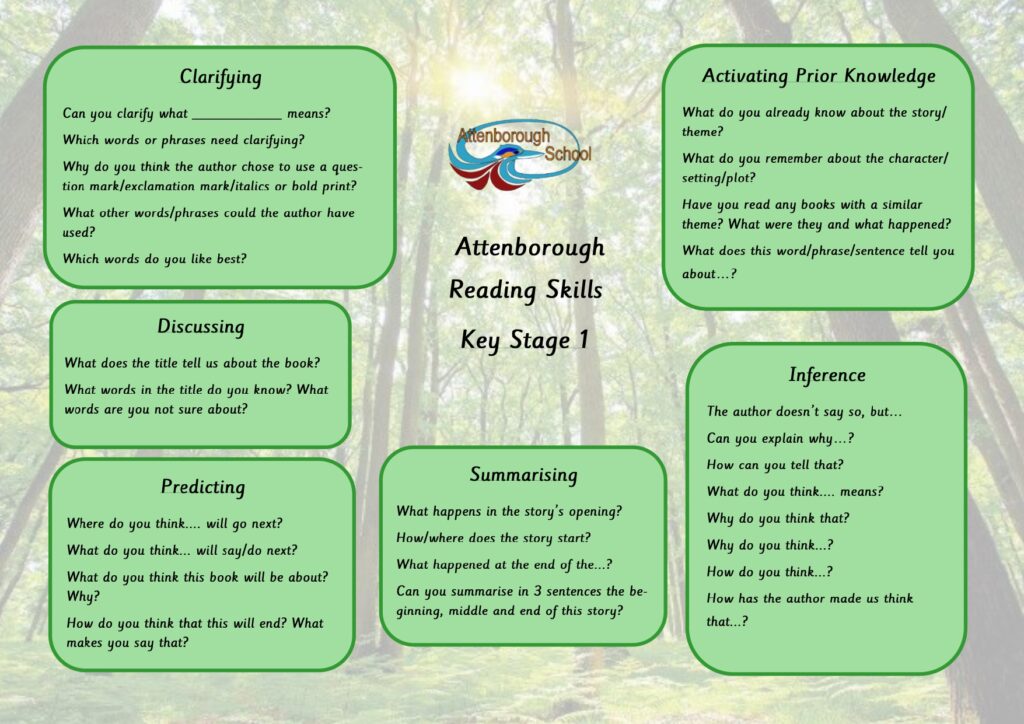
Year 3 & 4 Reading Skills and Questions:
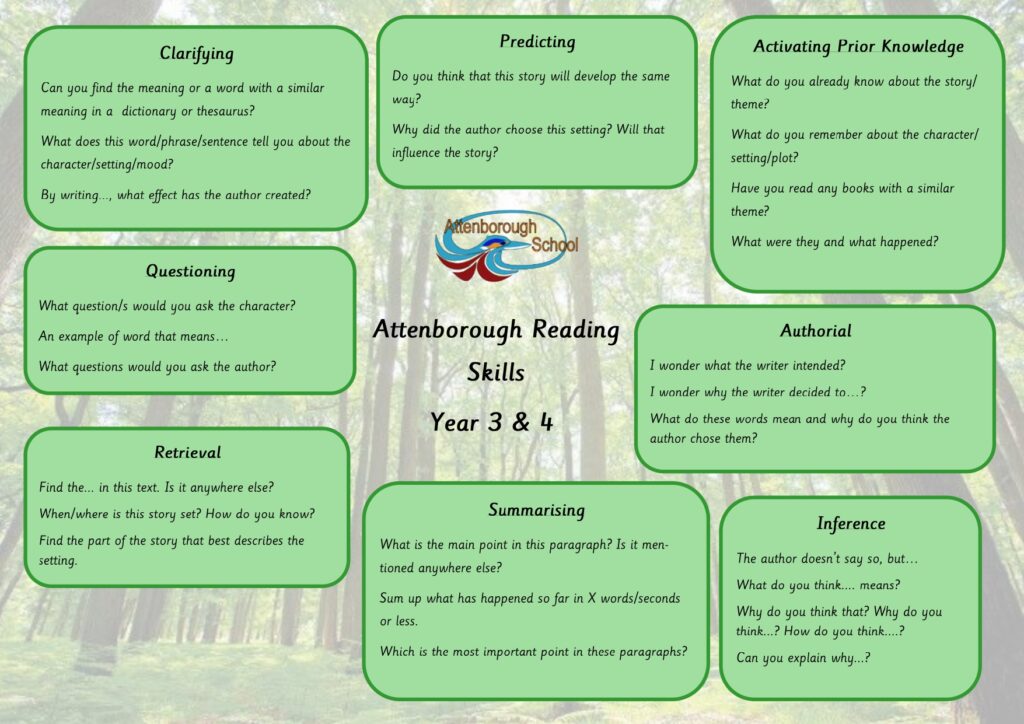
Year 5 & 6 Reading Skills and Questions:
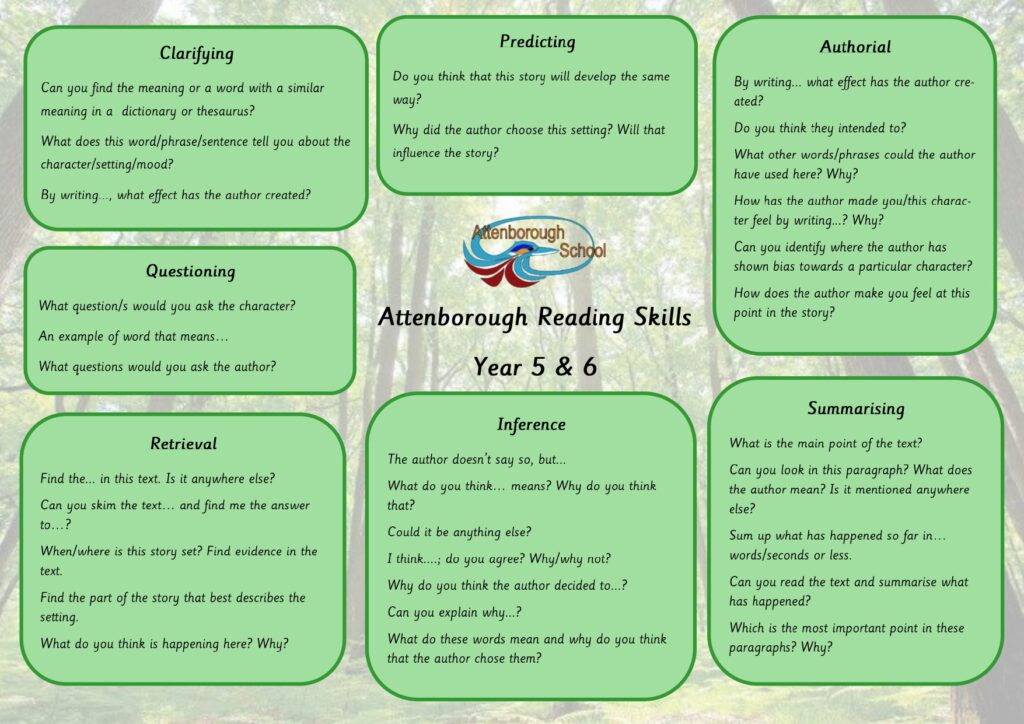
Anchor chart modelling
Flipchart modelling supports the direct teaching of comprehension strategies thorough demonstrated and supported practice for all pupils. Teachers will display modelled flipcharts in their classrooms as a reinforcement of skills taught and to record children’s responses to a text.
Accelerated Reader
At Attenborough, we use Accelerated Reader as a computer program to support independent reading practice. Each half term, children in Years 1-6 take a Star Reader quiz which determines their reading age, standardised score and zone of proximal development (ZPD). From this data, they can then choose from a wide range of books in our reading den to suit their ability and development. Once a child has finished their book, they are encouraged to take a quiz to assess their comprehension of that book. Our learners enjoy taking the quizzes as they are reading books which are at their appropriate level and interest level.

Reading Den
We have invested time in arranging and labelling our books to facilitate the Accelerated Reader programme. Children have choice in the books they would like to read and teachers regularly assist in choosing the books suitable the child’s level.


